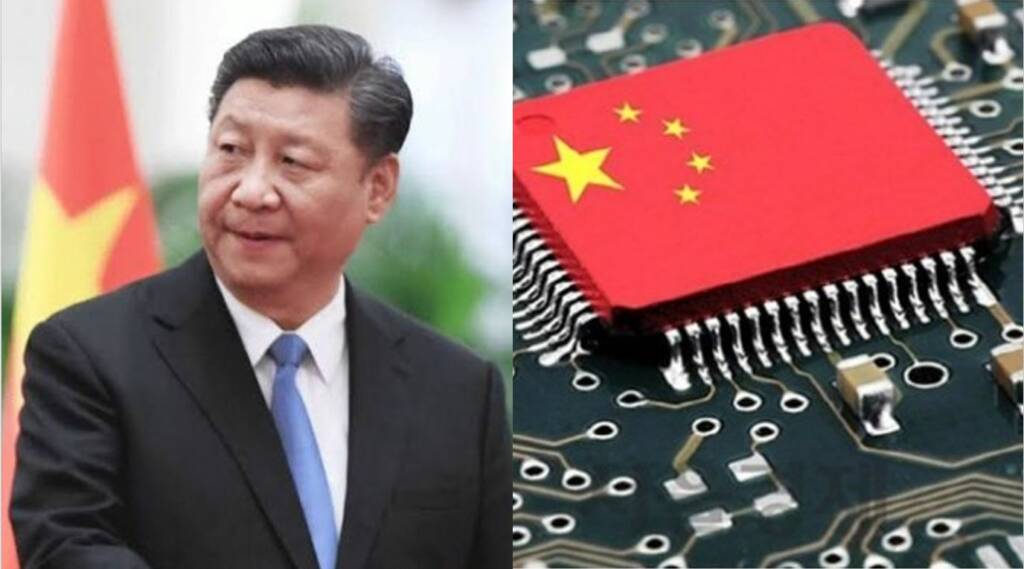Employees at Quanxin Integrated Circuit Manufacturing in Shandong province were forced to leave because their April salaries had not been paid, according to a staff member who spoke to mainland trade publication ijiwei.com.
The Chinese semiconductor company is reportedly in financial trouble, with workers being forced to leave and salaries being unpaid, as China’s domestic industry’s viability is questioned due to US restrictions on foreign investment.
Online job postings for the organisation can be found. When a Radio Free Asia reporter called the person in charge of the advertisements on Thursday to inquire about recruitment, the woman who replied only said that there was no problem and that all was normal before quickly hanging up.
Quanxin was founded in January 2019 and claims to be Shandong’s largest semiconductor company. The company’s suspected problems emerged months after another chipmaker, Wuhan Hongxin Semiconductor Manufacturing Co., shut down operations and fired all employees in February amid allegations of large-scale fraud.
Even before its recent collapse, the Chinese media were sceptical of HSMC (Wuhan) because of its history. Beijing Guangliang Blueprint Technology LLC (Blueprint), the chip company’s largest shareholder, was just a two-week-old technology company when it formed HSMC. Blueprint, as well as its two owners, had no prior experience in the semiconductor industry. HSMC’s dubious origins did not deter the Wuhan government from offering the semiconductor start-up hundreds of billions in investment and subsidies, as Beijing continues to press for self-sufficiency in key technology areas impacted by its trade war with the United States.
The closure of the Wuhan Company drew renewed attention to the company’s founder, Cao Shan. Cao Shan is also a major shareholder in Quanxin, according to mainland media reports, raising concerns about the scope of his involvement in China’s semiconductor manufacturing industry.
Quanxin’s business is a key project in Shandong, with a total investment of more than 500 million yuan (US$77.7 million) from the government. It has also drawn government investment and incentives totalling 59.8 billion yuan ($8.9 billion).
Many local governments have rushed into the high-tech sector as a result of Beijing’s call for chip self-sufficiency and the subsequent “Great Leap Forward”–style national fervour on semiconductors, leaving space for opportunists. According to China’s News Weekly (in Chinese), at least six semiconductor start-ups have shut down across the world. The public criticised these corporations and local governments for squandering public funds as the country recovers from the COVID-19 pandemic.
China has been duped out of billions of yuan by these fake semiconductor chipmakers. These mega economic disasters would have long-term consequences, and it will not be surprising if it becomes the cause of a banking crisis in China.
